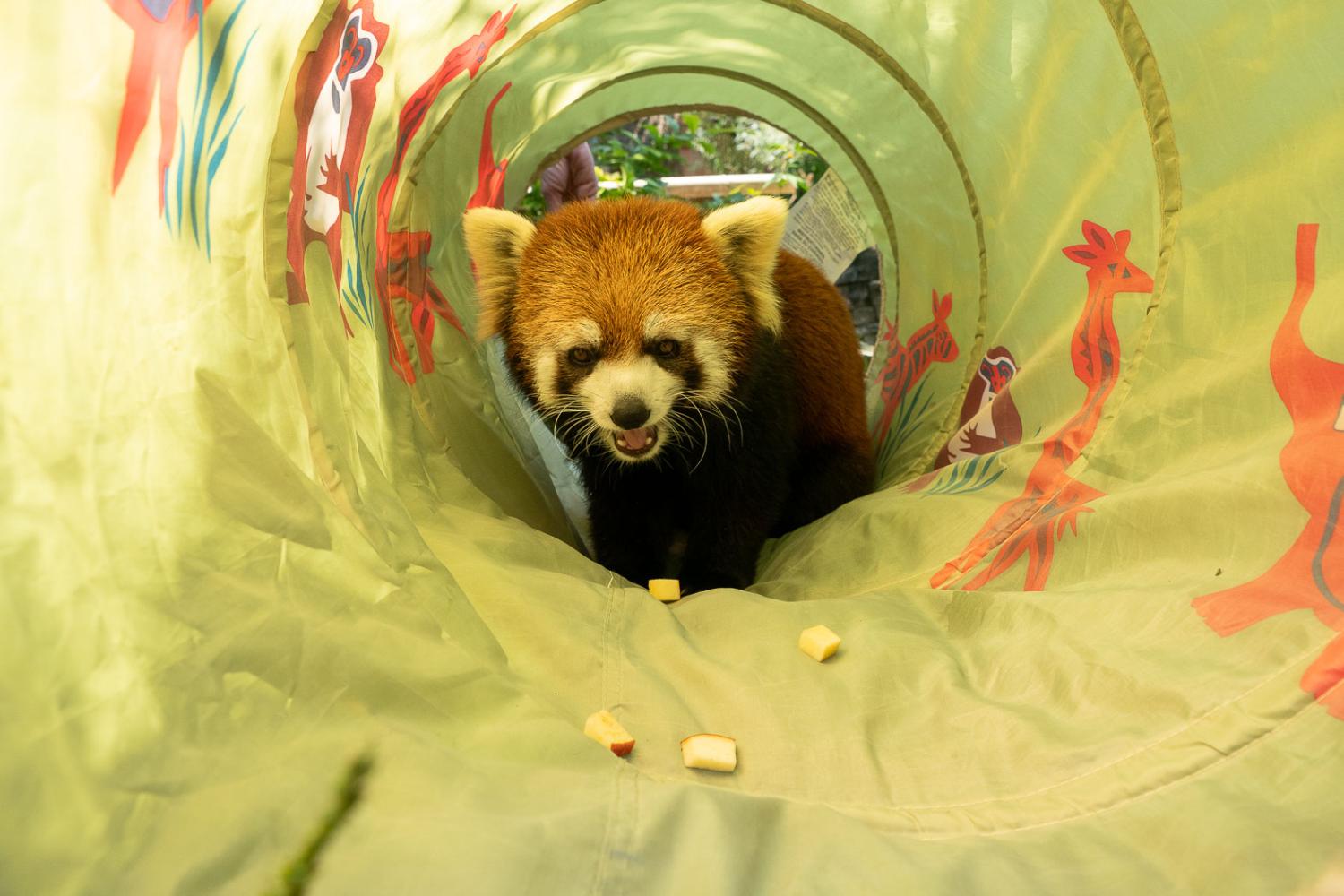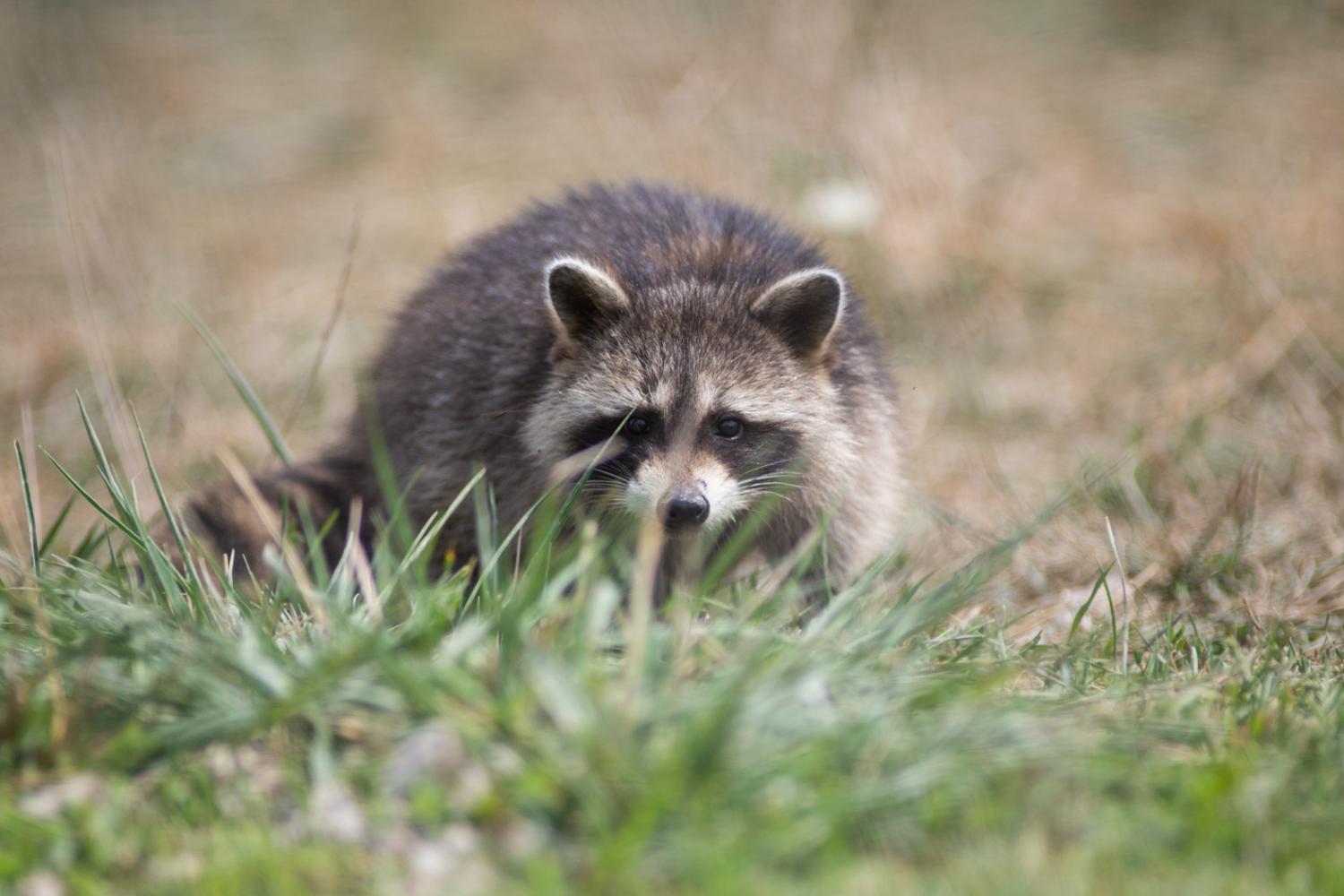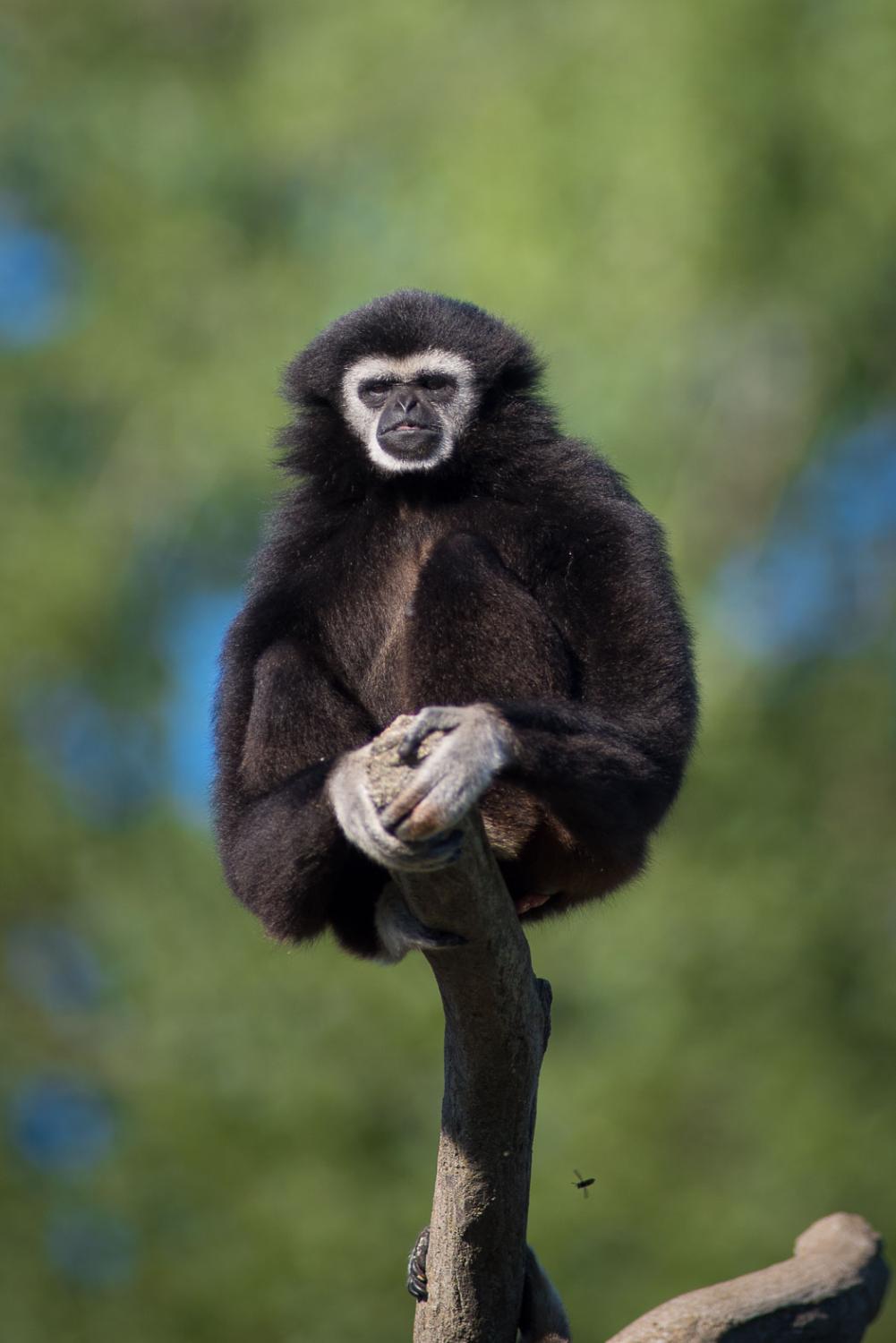Our planet is home to millions of species of animals. While walking around the Columbus Zoo and Aquarium, you may encounter animals that look or act similar (or remind you of another local wildlife species), but are different and not related to one another, such as red pandas and raccoons, and gibbons and langurs.
Red Panda vs. Raccoon


Raccoons and red pandas both have a dark area around the eyes that looks like a mask, a longer pointier nose shape, and ringed tails. Both species are very curious, can hold things with their paws, have excellent climbing skills, and like to hang out in high places. However, raccoons and red pandas are not related!
Raccoons belong to the Procyonidae family, and they are mostly a nocturnal mammal. Raccoons range in size from 11 to 50 pounds and have small “hands” and fingers. Raccoons can also run on the ground (and climb up and down trees) up to 15 miles per hour.
Red pandas belong to their own family called Ailuridae. (No other living animal belongs to this family!) The smaller subspecies of red pandas maxes out at about 11 pounds, while the larger species can be 20 pounds, and their average weight is between 12-15 pounds. A red panda’s tail is also more than half the length of its body!
Gibbon vs. Langur


Gibbons and langurs are arboreal, meaning they live in the trees, but they have different ways of moving through the treetops. Gibbon species, such as the white-handed gibbons and siamangs at the Columbus Zoo, practice a form of locomotion called brachiation. Brachiation is a form of travel using only the arms with the animal swinging from branch to branch to get from point A to point B. Langurs, such as the silvered leaf langur at our Zoo, use all four limbs to travel through the trees.
Gibbon families are usually made up of a mated pair and their offspring. They are territorial and defend their territory with a loud “song” that can be heard for miles. This duet is not only for announcing territories but also to build bonds within the family. Offspring stay with the family until they reach maturity and are booted out of the group. Gibbons tend to be frugivores, but they enjoy the occasional browse branch.
Langur groups can consist of more individuals than gibbon groups, with typically one male to a group of females and infants. Langurs are primarily folivores (mainly eating leaves), but enjoy unripe fruits on occasion.
The biggest difference between these groups of animals is that gibbons are apes and langurs are monkeys. Apes do not have tails, tend to live longer, and have broader chests and shoulder joints than monkeys. The next time you visit the Columbus Zoo and Aquarium, challenge yourself to discover other animal species that look or act similar, but are not related!









